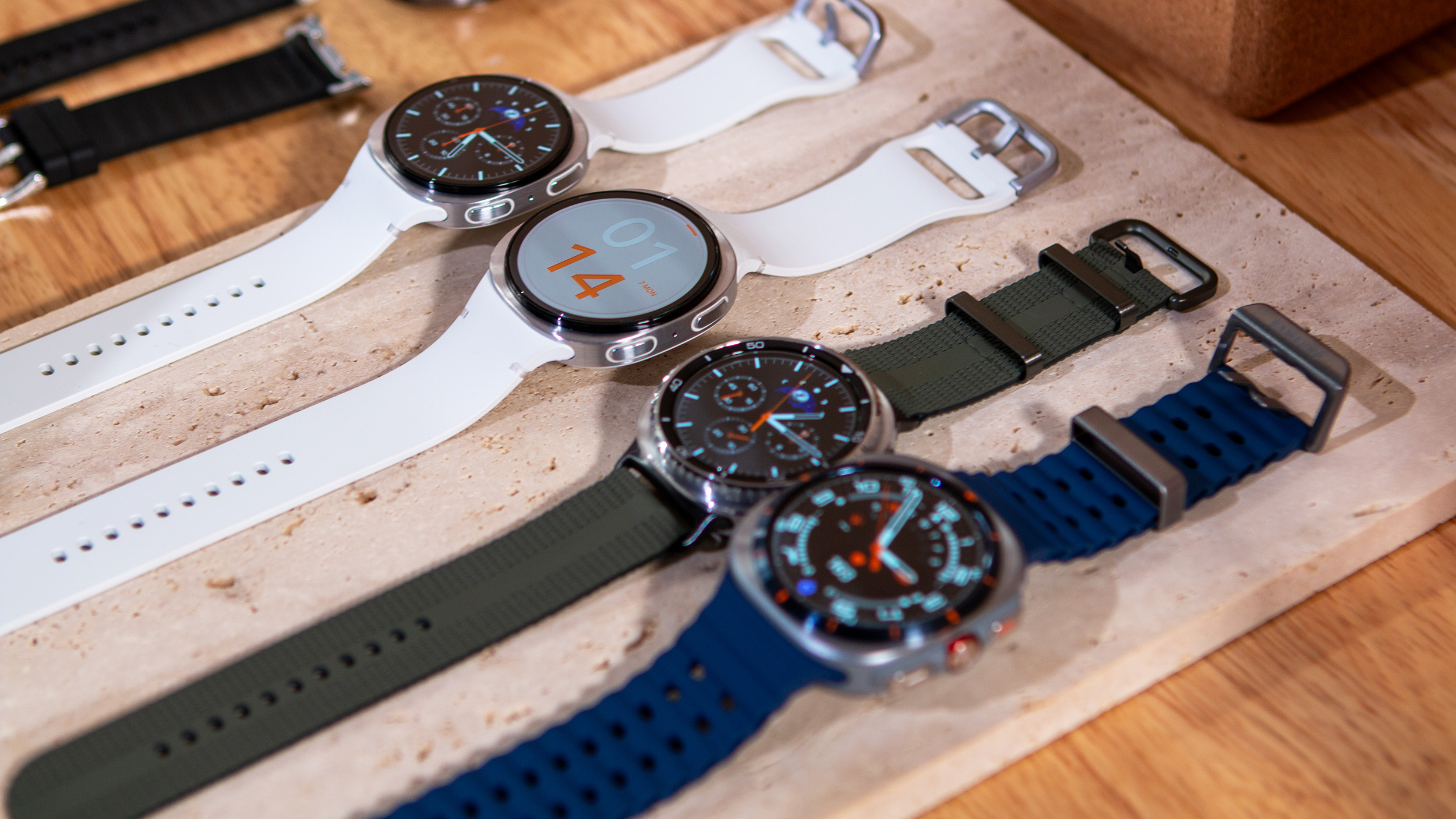BBK Electronics: Meet the company that owns OnePlus, OPPO, Vivo, and Realme
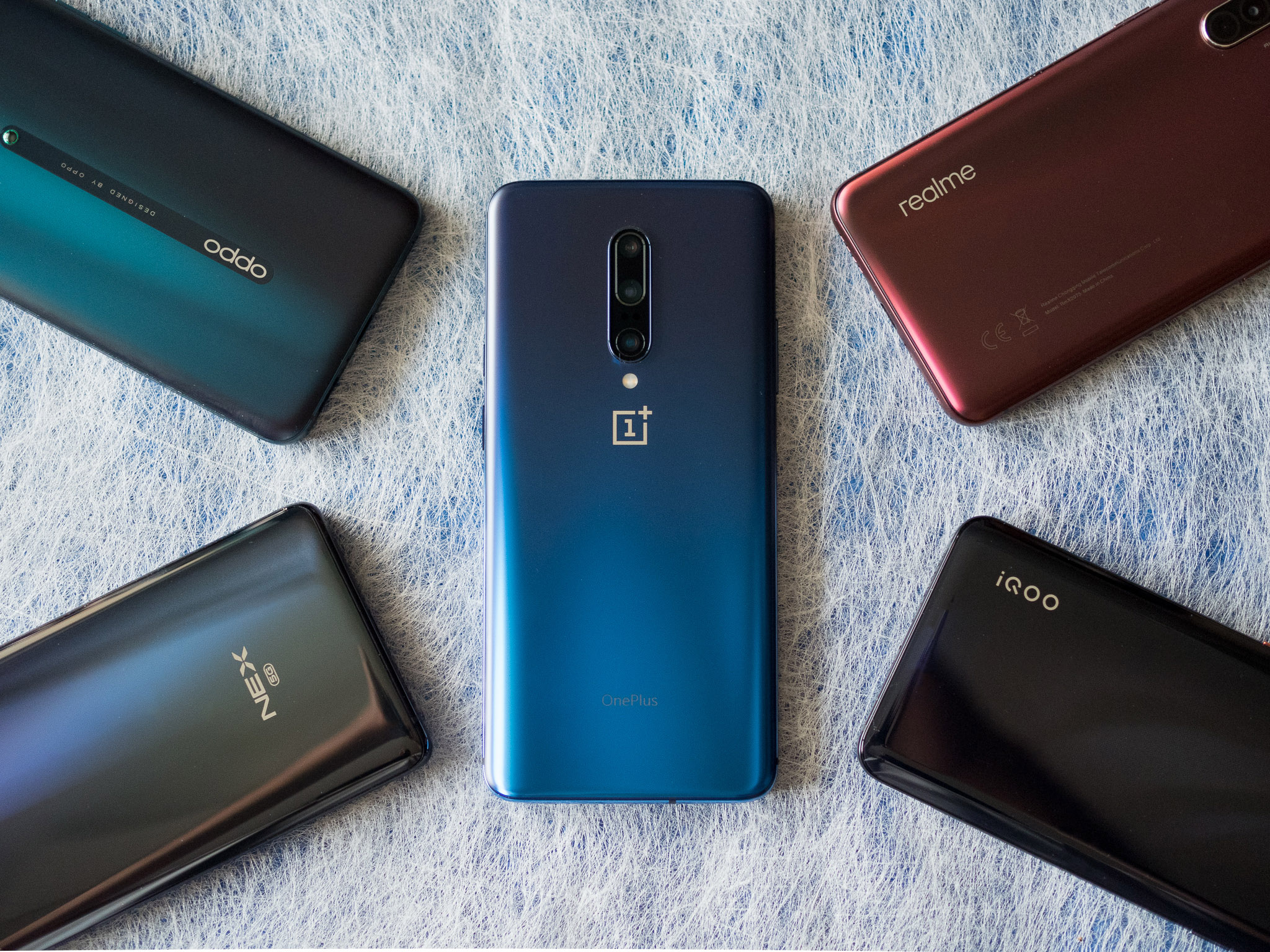
Samsung is the world's largest smartphone manufacturer, with Huawei overtaking Apple to take second place last year. But there's another story playing out in the lower tiers. In the previous five years, brands like OPPO and Vivo have dominated sales in China and India, and these brands are now turning their attention to Western markets.
What's interesting about OPPO and Vivo is that while they go up against each other — often in the same category — they are, in fact, owned by the same parent company. That company is BBK Electronics, and it also owns another phone manufacturer that you may have heard of: OnePlus.
Here's the story of BBK's evolution over the last 25 years, and how the Chinese corporation is ideally positioned to take over the smartphone industry.
The rise and rise of BBK Electronics
BBK Electronics is not a name you would've come across a lot, and that's by design. The Chinese conglomerate is privately held, and its billionaire founder and chairman Duan Yongping is reclusive, rarely giving interviews to the media. Duan started out as a teacher, but his big break came when he joined Zhongshan Yihua Group, where he set up a unit to manufacture video game consoles that were essentially copycats of the Nintendo Entertainment System.
Duan left Yihua in 1995 to set up BBK Electronics, in which he held a 70% stake. From the very beginning, BBK focused on three verticals: education electronics, audiovisual equipment, and communications devices. Each unit had its own division head and disparate teams, and in 1999 Duan began spinning off these divisions into their own business entities, with his stake in BBK going down to 17%. If you're interested in learning more about BBK's founder, you should go through this profile by South China Morning Post.
The spin-off led to the creation of OPPO in 2004, managed by Chen Mingyong, and Vivo in 2009, helmed by Shen Wei. BBK diversified its portfolio, introducing new companies like OnePlus, Realme, and, more recently, iQOO. So let's take a look at each of these companies and see how they've matured over the years.
OPPO: From DVD players to lofty phone ambitions
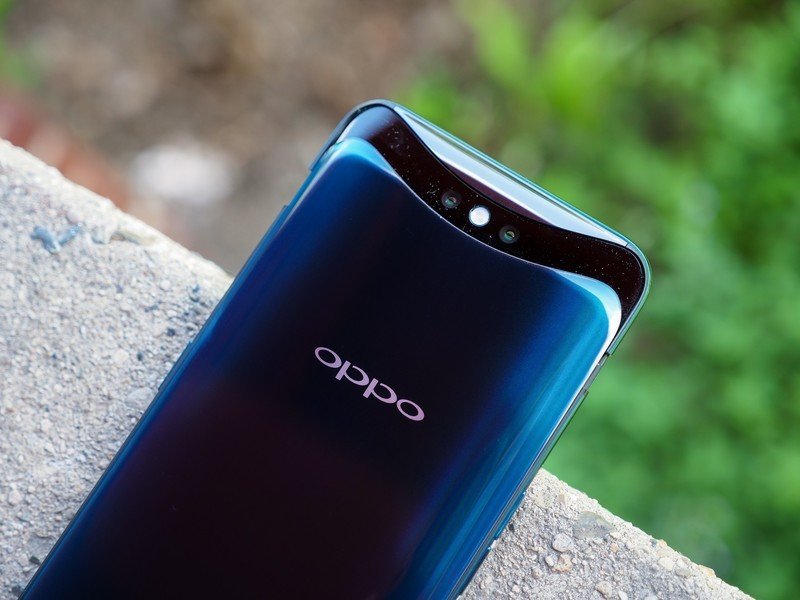
Of the three verticals set up by BBK, OPPO was tasked with leading audiovisual equipment. The brand launched off in 2004 as a manufacturer of MP3 and DVD players, and it expanded to Blu-ray players, amplifiers, and headphones. OPPO's $1,200 HA-1 amplifier was one of the best products in its category, and the same goes for the PM-3 planar magnetic headphones.
Get the latest news from Android Central, your trusted companion in the world of Android
OPPO turned its attention to phones with the Smile Phone in 2008, a feature phone that had a smiley face emoji on the back. OPPO's first smartphone made its debut in 2012, and the brand scored several firsts in the industry. The 2012 Ulike 2 was the first phone to offer a beautification feature for the 5MP front camera, and in the same year, the company introduced the Find 5, one of the first phones to feature a 1080p screen.
OPPO started off making Blu-ray players and headphones, and it pivoted to smartphones in 2012.
OPPO quickly gained momentum in the smartphone segment in China, and it capitalized on that growth with exciting new phones. The OPPO N1 was the first phone to feature a rotating camera module, with the rear 13MP lens offering a 206-degree angle of rotation, giving users the ability to take selfies with the rear camera. The phone debuted with OPPO's custom ColorOS skin out of the box, but users had the option of loading CyanogenMod onto their units.
Then there was the Find 7: the phone debuted in March 2014, and it was the first in the world to offer a QHD display, with OPPO managing to beat the L.G. G3 to market by two months. The Find 7 had an innovative camera feature that several 13MP shots together to produce a 50MP image. The Find 7 also introduced the 20W VOOC fast-charging standard, and the standard became a mainstay on subsequent OPPO phones and on OnePlus devices as Dash Charge/Warp Charge. The Find 7 was a breakout device for OPPO, and it allowed the brand to rise up the ranks in China.
A few years later, OPPO partnered with Sony to introduce the IMX398 module in the R9s series, with the brand touting huge gains in low-light photos. And in 2017, OPPO showed up at Mobile World Congress with a phone that had a 5x zoom lens. The Find X from 2018 had a retractable motor that hid both the front and back cameras and the Reno series in 2019 introduced 10x zoom.
OPPO discontinued the production of its audiovisual equipment in 2018, focusing solely on phones. The company is now the world's fifth-largest manufacturer of phones, and it is increasingly turning its attention to Western markets. Over the years, OPPO built a massive retail distribution network in China and India, and the retail network combined with massive advertising campaigns allowed the company to gain momentum in these markets.
OPPO Find X2 Pro review: Gunning for the Galaxy S20
Vivo: Designing the next big thing
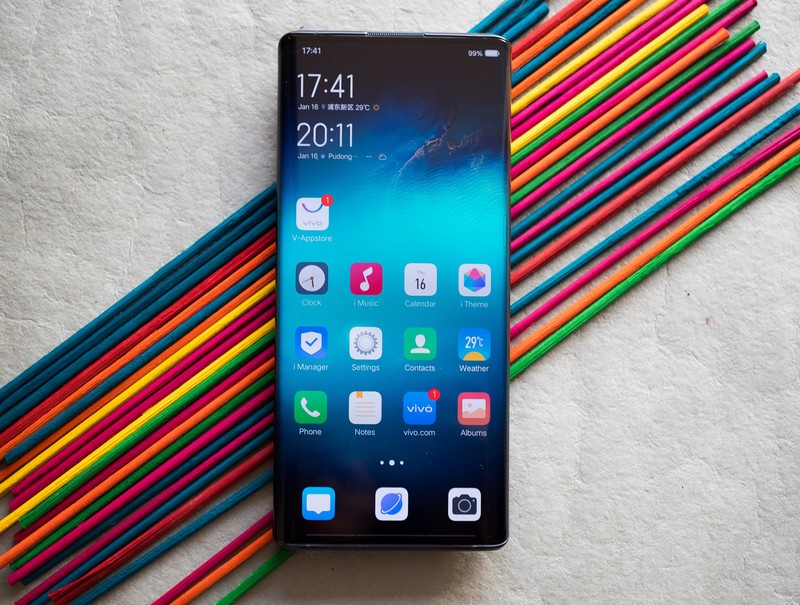
Vivo was one of the three verticals at BBK that were branded out into standalone businesses. From the very beginning, Vivo was tasked with communications devices, and in the last 10 years, the company has expanded to over 100 global markets.
Vivo is increasingly becoming BBK's R&D unit — the latest and greatest tech debuts here.
Whereas OPPO focused on camera-driven innovation, Vivo turned to sleek designs and Hi-Fi audio to set itself apart. The brand was the first to offer a phone with a dedicated Hi-Fi audio chip in the X1 back in 2012, and in 2014 and 2015, it rolled out a series of ultra-thin devices. The V5 Max, in particular, was a standout as it was just 5.1mm thick. Vivo also has the distinction of being the first manufacturer to offer a phone with 6GB of RAM in the 2016 Xplay 5. The V3 was the first phone to feature a 20MP front camera, and Vivo followed it up with a 24MP front camera in the 2017 V7 series.
That's just the start: 2018 was when Vivo kicked things into another gear, showing off the first phone with an in-display fingerprint sensor. Vivo showed off another device just a month later that had ultra-thin bezels, and Vivo released a commercial device with these technologies baked in later in the year. Vivo also claimed another first that year with the first-generation NEX, which became the first phone in the world to offer a retractable front camera module.
Vivo continued to show off insane designs in 2019, including a 120W fast charging solution. Vivo also showed off a waterfall display with extreme curves on both sides and debuted the panel on the NEX 3 5G. For 2020, Vivo showed off a device with an in-display camera and 60W wireless charging. We don't have many details on the device yet, but it is looking likely that some of the new features will show up in this year's NEX flagship.
Like OPPO, Vivo's success is down to its aggressive retail push, with the company setting up stores of its own or incentivizing chain stores to sell its products. Vivo also nabbed advertising rights to several lucrative sporting franchises, including the Indian Premier League, and it was the title sponsor of the 2018 FIFA World Cup. Vivo also counts Stephen Curry as one of its ambassadors in China.
Oh, and in Captain America: Civil War, the transparent phone that Tony Stark uses is a Vivo concept device. Vivo hasn't been shy about splashing the cash on major advertising deals in the last five years, and it has allowed the brand to gain ground in a lot of markets.
Vivo NEX 3 5G review: More power than you can handle
OnePlus: Taking on the world
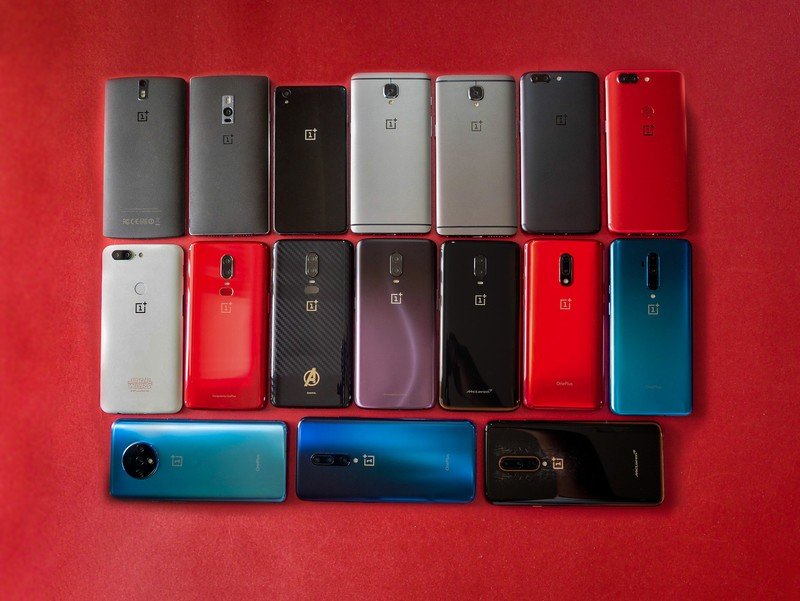
Whereas the rest of BBK companies started off in Asian markets like China and India, OnePlus had global ambitions from the start. The manufacturer started selling its first phone in the U.S. a few months after China. To this day, OnePlus is the only BBK company that's recognizable in most global markets.
Unlike OPPO and Vivo, OnePlus focused its attention on the U.S., India, and the U.K. from the very beginning.
Although OnePlus dominates the mind share in markets like India, the U.S., and the U.K., it doesn't have the scale of OPPO or Vivo. As such, the company leverages OPPO for the design and manufacture of its phones. Interestingly, OnePlus CEO Pete Lau was a vice-president at OPPO before he co-founded the company. In fact, the OnePlus One was based on the OPPO Find 7a, and that trend of co-opting OPPO hardware has continued over the years. The OnePlus 5 was nearly identical to OPPO's R11, and this year's OnePlus 8 Pro is turning out to be very similar to the Find X2 Pro. All OnePlus phones sold in global markets are built at OPPO's sprawling Dongguan manufacturing facility, and the devices sold in India are assembled at an OPPO India factory.
While OPPO and Vivo focused on cameras and audio as being the differentiator for their phones, OnePlus turned its attention to the internal hardware. From the very first OnePlus phone, the company's obsessive focus on performance allowed it to stand out. Over the years, OnePlus focused on improving the software on its phones, with OxygenOS delivering a clean and uncluttered experience that's one of the best you'll find on Android. OnePlus may not have scored many firsts in the industry, but it has amassed millions of fans for its focus on clean software combined with robust internals.
By focusing on global markets from the very beginning, OnePlus was able to secure a firm foothold in countries like the U.S., UK, India, and more. OnePlus is also different from OPPO and Vivo in that it sells its phones online, and while it is increasingly turning to mainstream advertising, in its initial years, its sales were primarily word-of-mouth.
OnePlus launched 18 phones to date, and there were several standouts: from the Sandstone finish on the OnePlus One to the metal design of the OnePlus 3 series, the switch to the 18:9 form factor with the OnePlus 5T, and the all-screen front on the OnePlus 7 Pro, OnePlus had a lot to offer in this industry in the last six years.
OnePlus retrospective: Looking back at all OnePlus phones over the last six years
Realme: The budget challenger to Xiaomi
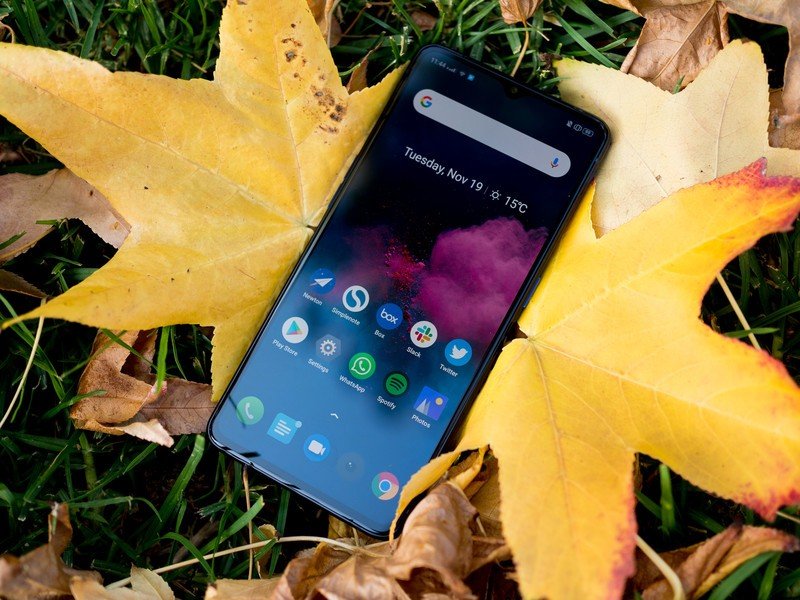
Realme is a relatively new entrant into the industry, with the brand rolling out its first phone just two years ago. Realme was created as a sub-brand of OPPO to challenge Xiaomi in India, with the brand focusing on the entry-level and budget segments.
Realme burst onto the scene in 2018 and did the unthinkable: it beat Xiaomi at its own game.
Thanks to aggressive pricing and a frenetic launch schedule, Realme managed to do just that. The brand launched 27 phones in under two years, and amassed a market share of 16.2% in India, an astonishing feat all things considered. Realme has managed to undercut Xiaomi by leveraging BBK's massive scale, allowing the brand to sell phones at rock-bottom prices. Everything about the brand is designed with Xiaomi in mind — heck, even the name Realme sounds like a riff on Xiaomi's Redmi subsidiary.
But by emulating Xiaomi's playbook, Realme was able to carve out a niche for itself in India in a very short time. The budget segment in India is the most competitive in the world, and in spite of that, Realme was able to record a meteoric rise in this category over the last two years.
Realme is now branching out into the mid-range segment, with devices like the X2 Pro and X50 Pro 5G introducing high refresh rate screens and enticing new features like 5G connectivity.
Realme X50 Pro 5G hands-on preview: A bold new frontier
iQOO: Designed for the 5G era
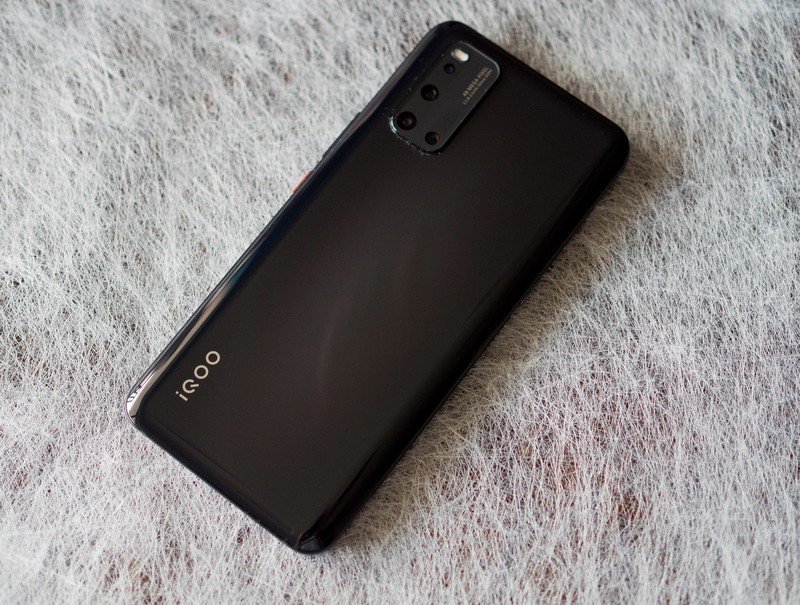
iQOO is BBK's latest smartphone brand, with the entity making its debut with the iQOO 3 in India earlier this year. While it is a new unit, it is taking a leaf out of OPPO and Vivo's playbook by focusing heavily on advertising.
The phone itself is pretty interesting: it is one of the first devices in the world to be powered by the Snapdragon 865, and it is available in two variants in India: one with 4G connectivity, and the other with a 5G modem. There's not a lot to talk about iQOO right now, but it is clear that BBK wanted a standalone entity to focus on 5G.
Five different companies, same identity
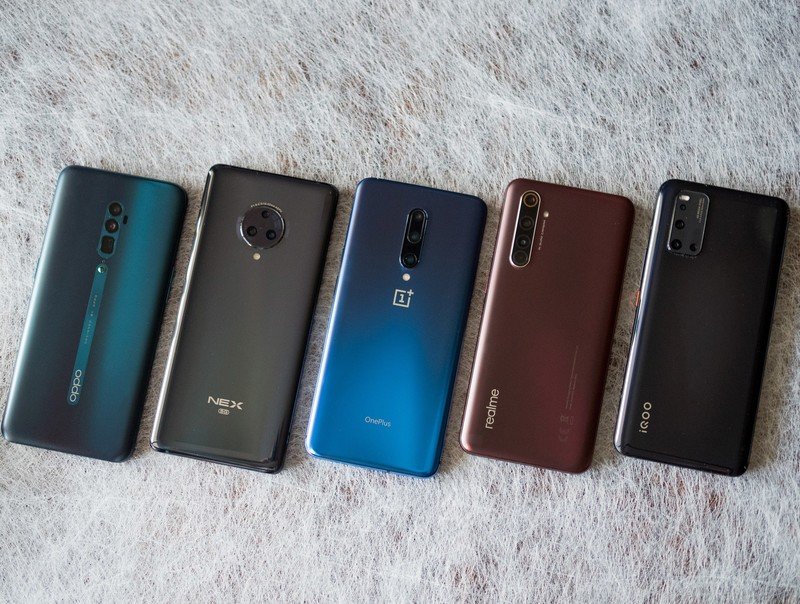
BBK now has five smartphone brands, and with the likes of OPPO and Vivo setting their sights on the U.K. and other Western markets, you will only hear more about these brands in the coming months and years. While each brand works in a silo, they share hardware resources, giving them a huge advantage over smaller brands.
That is one of the reasons why Realme was able to move up the ladder in India in a matter of two years, and with BBK now fielding devices from $100 to $1,000, it is a force to be reckoned with in the smartphone industry.

Harish Jonnalagadda is Android Central's Senior Editor overseeing mobile coverage. In his current role, he leads the site's coverage of Chinese phone brands, networking products, and AV gear. He has been testing phones for over a decade, and has extensive experience in mobile hardware and the global semiconductor industry. Contact him on Twitter at @chunkynerd.
